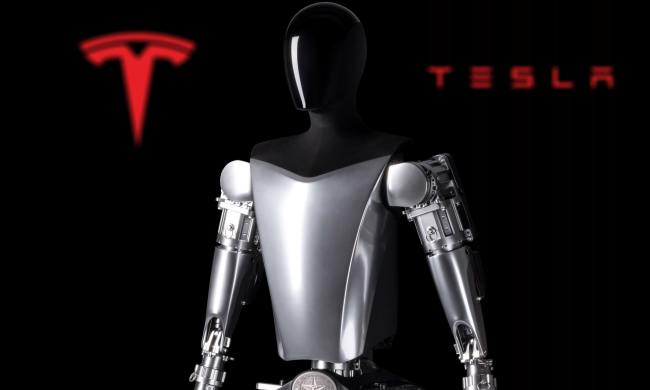While a horsepower war is raging in the world of performance cars, a torque war is underway among manufacturers of heavy-duty pickup trucks. The Detroit Three are constantly looking for ways to boost torque to increase the amount of stuff their trucks can tow, and for bragging rights.
General Motors fired another salvo recently, unveiling an updated 6.6-liter Duramax diesel V8 for the 2017 Chevrolet Silverado HD and GMC Sierra HD. The new engine may have the same displacement as the last Duramax, but virtually everything else about it is different. GM claims its latest diesel is more refined than before, and more powerful.
The new engine produces 445 horsepower and 910 pound-feet of torque, up from 397 hp and 765 lb-ft. in 2016 Chevy and GMC trucks. That’s 5 hp more than the Power Stroke 6.7-liter diesel V8 in the redesigned 2017 Ford Super Duty, although the Ford still beats the GM trucks with 925 lb-ft. Ram and its 6.7-liter Cummins inline-six are further behind, with 385 hp and 900 lb-ft. GM says 90 percent of its engine’s torque is available at just 1,550 rpm, meaning drivers are more likely to notice the difference in everyday use. The Duramax can also run on B20, a mixture of 20-percent biodiesel and 80-percent conventional diesel.
Read more: Chevrolet turns to Cadillac to build a more efficient truck
GM achieved its power increases by upgrading or modifying nearly everything in the Duramax engine. It features a new turbocharger, cylinder heads, pistons, connecting rods, and crankshaft, among other things. GM also added what it calls a Venturi Jet Drain Oil Separator, which uses boost from the turbocharger to suck more oil back into the sump, ensuring the oil doesn’t get in places it’s not supposed to be. The Allison six-speed transmission used with the Duramax got beefed up as well to handle the increased torque.
As previously discussed by GM, 2017 Silverado HD and Sierra HD trucks also get a new air-intake system, signified by a hood scoop. It helps keep the air going into the engine cooler and drier, which is what engines like. The scoop pulls in air that’s closer to ambient temperatures than it would be with a conventional intake, and also features an air/water separator to eliminate moisture.
The Duramax-equipped 2017 Chevy Silverado HD and GMC Sierra HD should go on sale soon. With GM, Ford, and Ram now hovering around 900 lb-ft. of torque, it’s likely just a matter of time until a manufacturer breaks the 1,000-lb-ft. barrier, and truck owners start pulling houses off their foundations just for fun.


